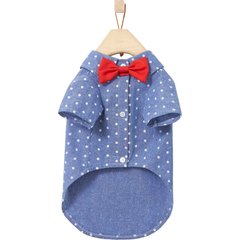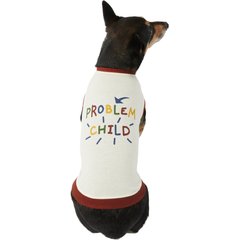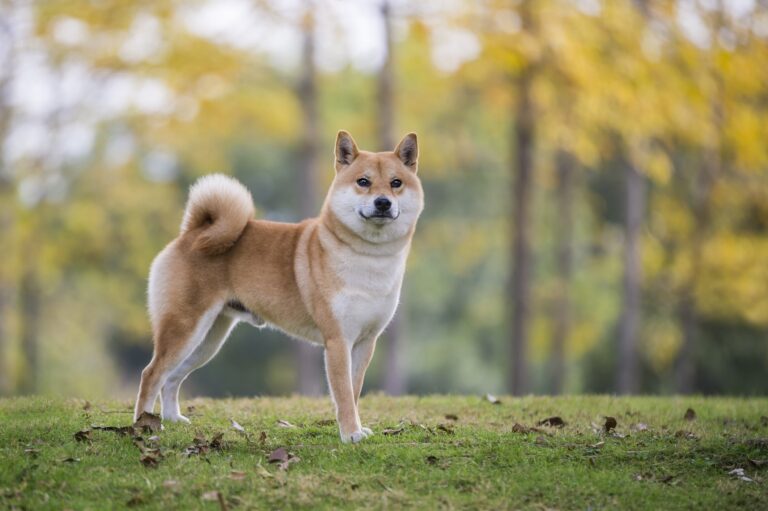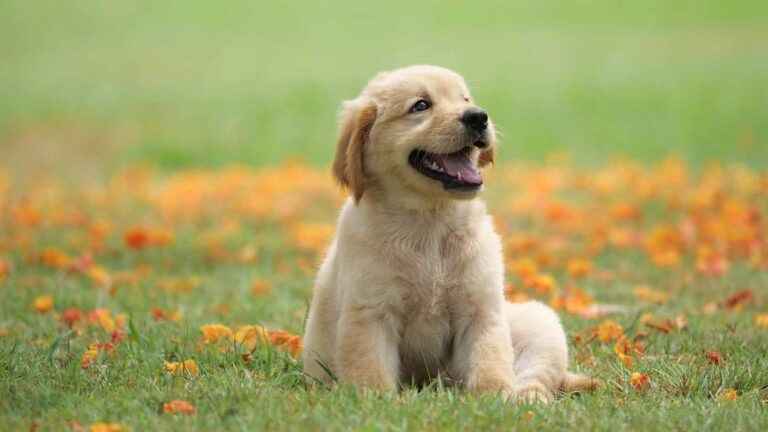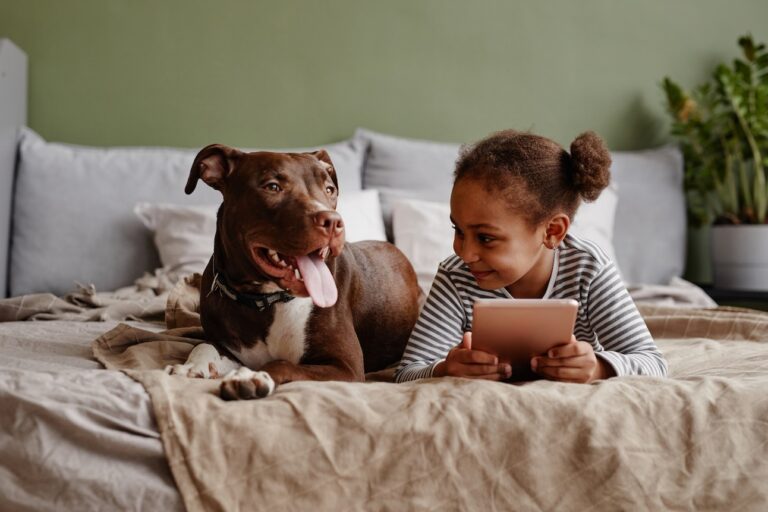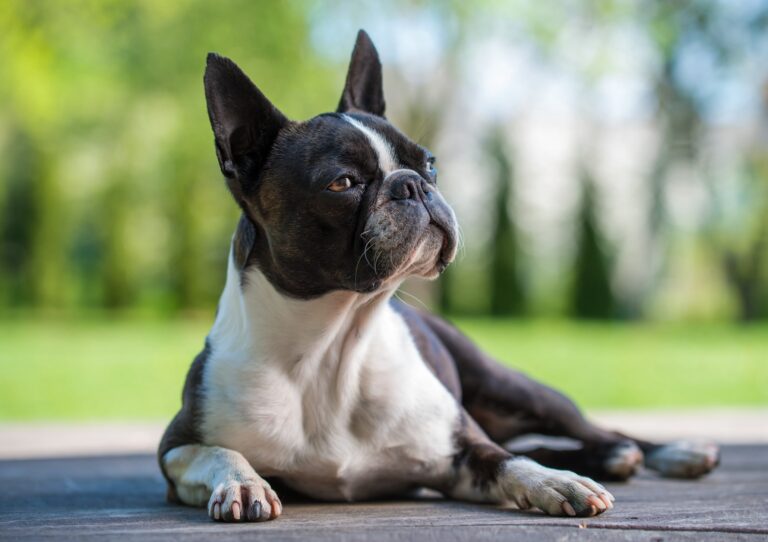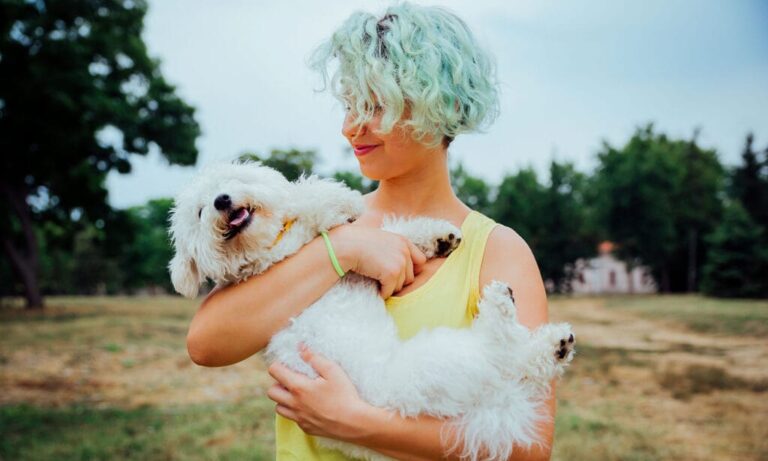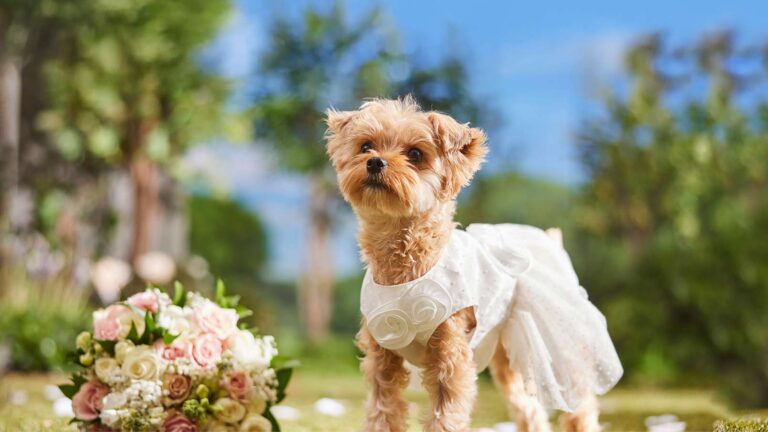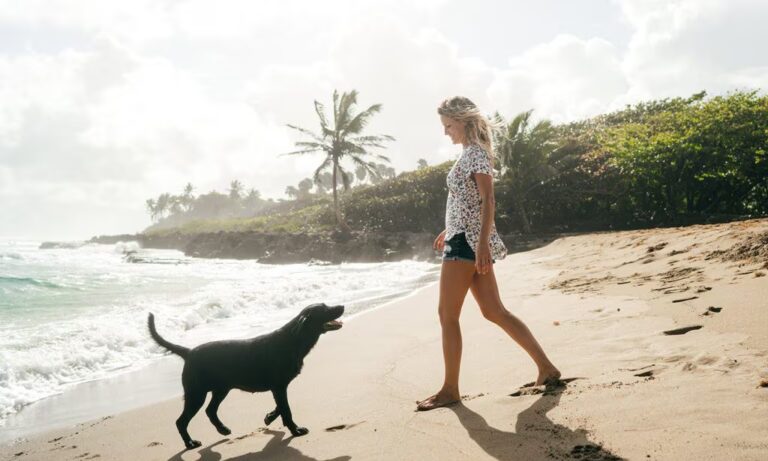How to Measure Your Dog for Clothes (Because You Know You Want to Dress Up Your Pup)
Oh, the joys of being a dog parent: happy greetings at the door, an endless supply of cuddles and kisses, that head tilt that sends you into cute overload—and don’t forget dressing your dog in adorable pup apparel! Whether you’re prepping your floof for a photo shoot, want to help them stay warm in the cold months, or simply want to keep them looking spiffy day-to-day, chances are you’ll want to buy them clothes at some point—and knowing how to measure a dog for apparel is step number one. Doing so ensures an excellent fit, which translates to fewer product returns, a comfortable pup, and a positively dapper appearance.
For the full rundown on how to measure a dog for clothing, we sat down with three Chewy dog apparel experts: Chelsea Masselli, sourcing manager; Jannett Montoya, sourcing analyst; and Dani Huffaker, senior product development and sourcing specialist. They’ve each measured more than their share of pups to ensure Chewy dog models look pawsitively perfect in their photo shoots. Keep reading to learn more about which dog measurements you need to take and how to get the most accurate measurements.
Supplies for Measuring Your Dog
You only need a couple supplies for measuring your dog. Grab the following and you’ll be ready to go:
- Soft measuring tape
- Treats to encourage your dog to sit still and reward them for their patience. Some good options include Blue Buffalo Blue Bits Training Treats and American Journey Chicken Training Bits.
Should My Dog Wear Clothes?
Not every pup was born to be a fashionista—and many only learn to appreciate clothing after lots of gradual training.
Never force your dog to wear clothes, and if your dog has never worn clothing before, start by letting them sniff and explore their garments before you put them on—with plenty of treats and praise along the way!
Pro Tip: If you don’t have soft measuring tape handy, you can use ribbon or twine as an alternative. You’ll take the “measurement” using the string, then compare it against a ruler or rigid measuring tape to get the precise number.
How to Measure a Dog's Body: Step by Step

Chewy Studios
1. Measure Your Dog's Neck
To measure your dog’s neck for clothing—including dog coats, jackets, shirts, sweaters, and dresses—gently wrap your soft tape measure around the very base of the neck (right above where the neck meets their shoulders) to determine the circumference.
Hold the tape measure close to their fur so that about two fingers can slip underneath. Anything tighter than that will be uncomfortable, but you also don’t want the garment to fit too loosely. Garments that are too loose aren’t comfortable or functional for your dog.
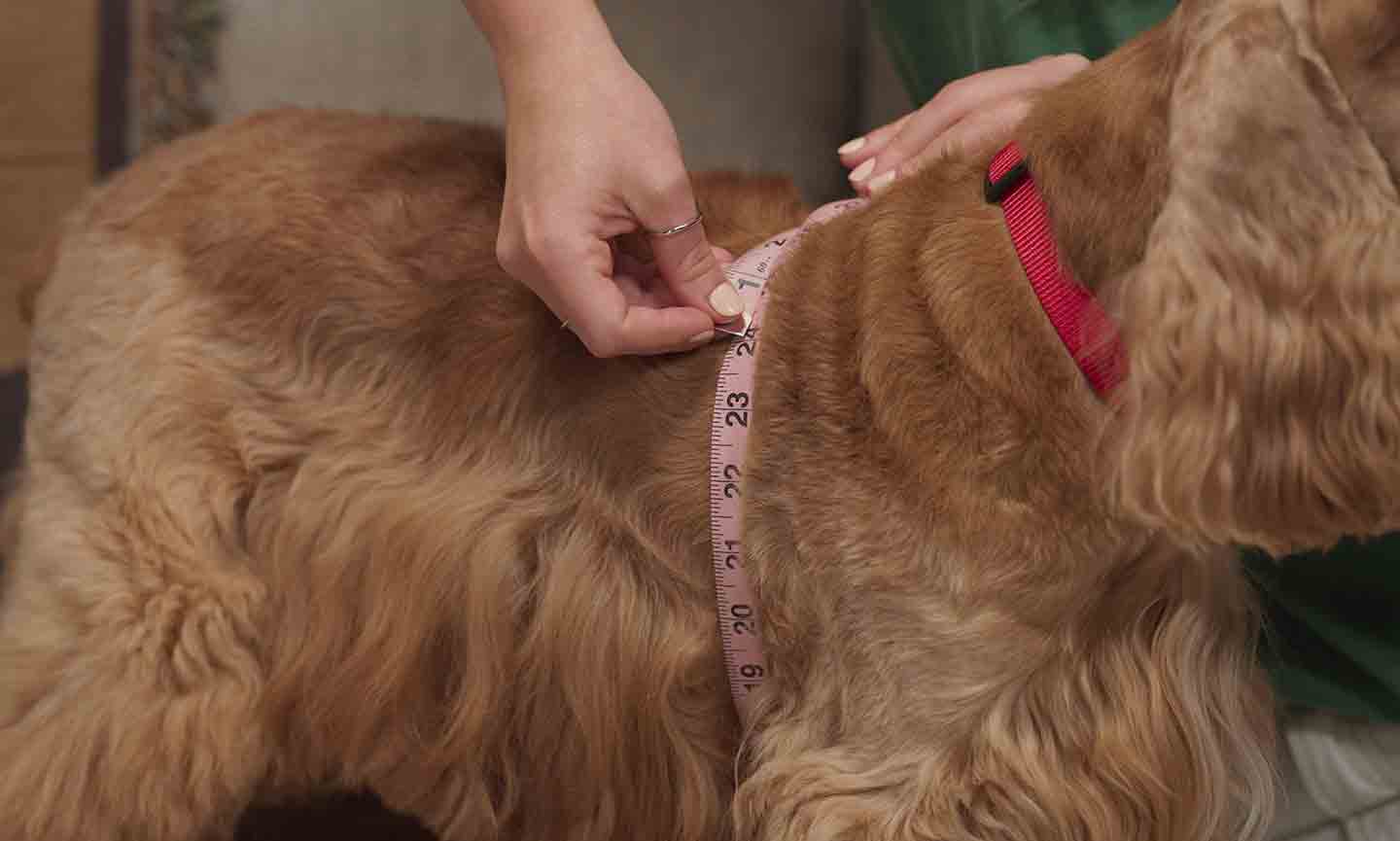
Chewy Studios
2. Measure Your Dog's Chest
The chest girth measures the widest part of your dog’s body, including their rib cage. This girth measurement is arguably the most important when fitting your pup for garments. After all, if you can’t get the clothing past your dog’s chest then there’s zero chance of a good fit!
Wrap the measuring tape behind your dog’s armpits underneath their body, then wrap it around the rib cage and over your dog’s shoulder blades. Remember to ensure the tape wraps around the widest part of their chest, and to leave enough room for two fingers to fit underneath comfortably.
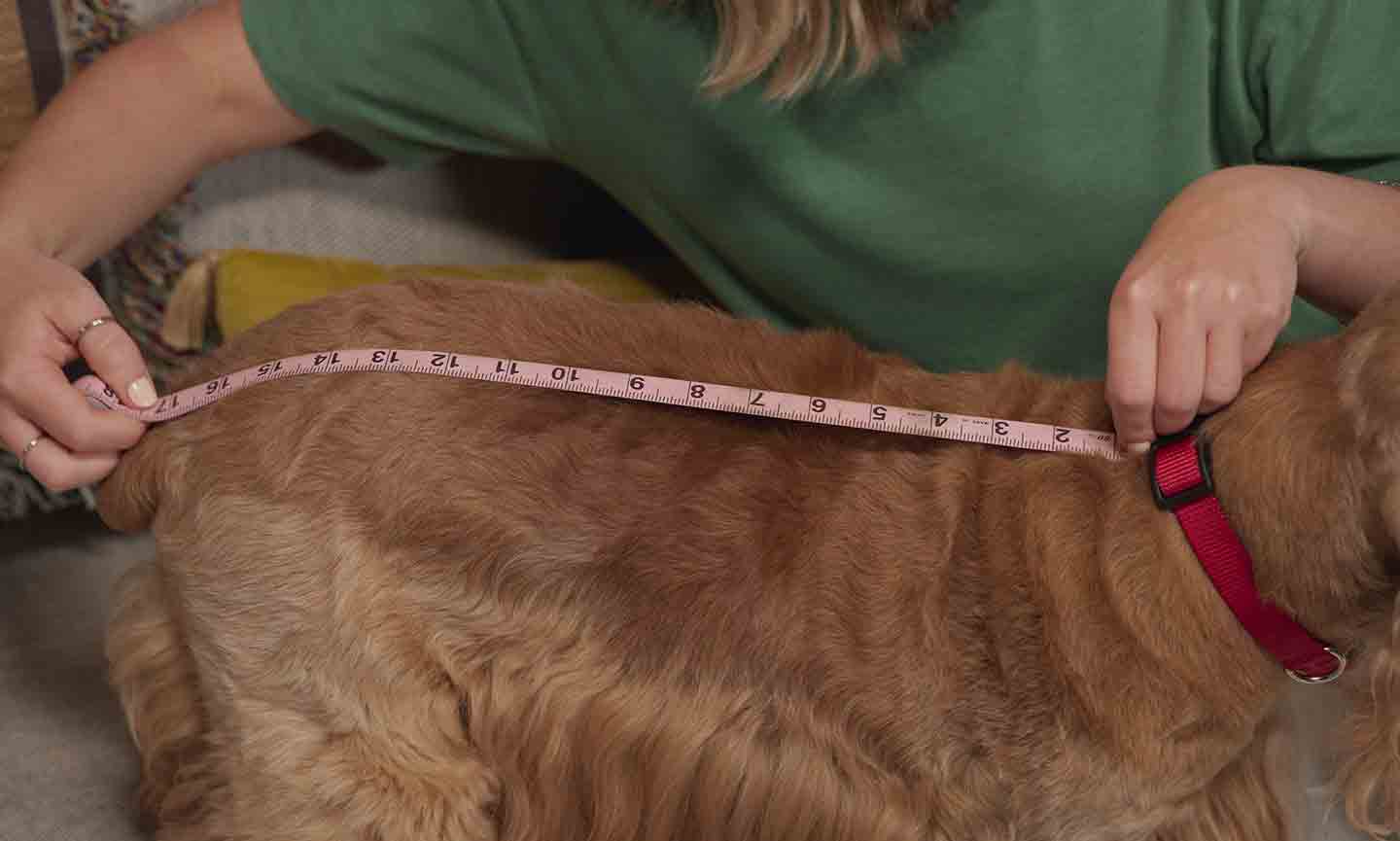
Chewy Studios
3. Measure Your Dog's Length
The final measurement you need when measuring a dog for clothing is their length. This one’s the most straightforward and probably the easiest.
While your dog stands, stretch the tape measure in a straight line from the base of the tail (aka where the tail connects to their body) to the bottom of their collar. That measurement is your dog’s length.
Note: Some dog clothing manufacturers prefer that you measure from the base of the tail to your dog’s withers, aka that small indent between their shoulder blades where their neck and shoulders connect. Check the instructions on the packaging to make sure you get the correct measurement.
Withers
Noun | WI-thurs
Definition: The highest point of an animal’s back, typically characterized by a small indent between the shoulder blades in dogs.

Chewy Studios
4. Order and Check the Fit
Pro Tip: If your dog is in-between sizes, always size up.
Once you have the garment in hand, it’s time to try it on your dog. There are a few things to consider when making sure your dog’s clothes fit well. Signs of a good fit include:
- The clothing isn’t too tight or too loose. If the clothing looks like it’s falling off or is supper baggy or loose, it’s not functional for your dog.
- The neck meets the “two finger” rule. If you cannot fit two fingers underneath the neckline of the garment, it’s too tight.
- The arm holes aren’t too tight: When applicable, use the “two finger” rule for the arm/leg holes, as well.
- The back of the garment sits just above the tail. When checking the fit, the length should sit one to three inches above their tail. This is the most comfortable length for your dog (who’s free to wag their tail unencumbered) and also it just looks the sharpest! Some dresses, jackets, coats or costumes may extend lower, but this is the general rule.
Shop Our Experts' Favorite Dog Clothing
What’s at the top of our Chewy experts’ dog apparel wish list? Check out these sweet and stylish picks.
Recommended Products
How to Measure a Dog for Accessories
Some dog outfits just look better with an accessory or two! And in some cases, your dog might feel like wearing an accessory and nothing else at all. Here’s how to measure a dog for commonly worn dog accessories:
Hats and Headbands
Many dog hats and headbands feature stretchy material that allow for a “one size fits all” approach. Others may require you to measure your dog’s head circumference to determine the best size.
To measure the head circumference, wrap a soft measuring tape underneath your dog’s chin and up and around their head (above their eyes and in front of their ears.)
Bandanas and Bowties
A dog bandana or bowtie sits loosely around the neck, so you’ll need to use their neck measurement to determine the best fit. Follow the instructions above, which include gently wrapping your soft tape measure around the base of the neck.
Shoes and Boots
Dog shoes and boots look adorable on your pup, but they often serve a utilitarian purpose, too This is particularly true in extreme climates, where shoes can help protect your dog’s feet from hot pavement or cold weather. They can also come in handy when hiking with your dog on rough terrain.
To find your dog’s shoe size, you need to measure the length and width of their paws.
- Length: Measure from the base of your dog’s heel pad to the tip of their longest toe, including the nail.
- Width: Moving from left to right (or vice versa), measure from the furthest point of their heel pad to the other furthest point.
Pro Tip: If your dog isn’t into the idea of having their paws measured, place your dog’s paw on a piece of paper and trace around it, then measure the paper. Also, always size up if your dog is in between sizes.
Socks
Dog socks can be worn on their own or paired with shoes or boots. Some are more robust compared to standard socks, which may allow you to forego the shoe altogether. Since dog socks are typically stretchy, you have a bit more leeway in terms of getting the best fit. To determine the appropriate size, use your dog’s paw-width measurement.
How to Measure a Dog: FAQs
Where do you measure a dog’s height?
A dog’s height isn’t considered an important measurement when determining the best clothing size. Even dogs of similar heights can have widely varying chest girth and length measurements and therefore wear different sizes. For example, Bulldogs and Dachshunds are somewhat similar in height, but the former dog breed has a much thicker neck and chest while Dachshunds are generally small dogs.
The only exception would be if you’re measuring your dog for a front-walking costume. To measure your dog’s height, you’d measure from their withers (the notch between their shoulder blades, remember?) down their front legs and stop at the paw.
What is the difference between a dog’s height and length?
Knowing how to measure dogs can get a bit confusing simply because they operate horizontally versus vertically like us humans! The height is the distance from their withers to their paw, while their length is the distance between their withers to the base of their tail. The former measures how far they are off the ground while the other measures how long their bodies are.
Can you use your dog’s weight to find their clothing size?
While your dog’s weight might help inform the fit, it’s often not the best way to determine an accurate size. For example, some dog breeds may not weigh much but have a girthy neck or chest that requires a larger size than you’d expect. And some dogs may weigh more because of their height but have a smaller chest (like Greyhounds).
Now that you’ve learned how to measure a dog, we anticipate many adorable dog outfits and photo-worthy costumes in your future!
